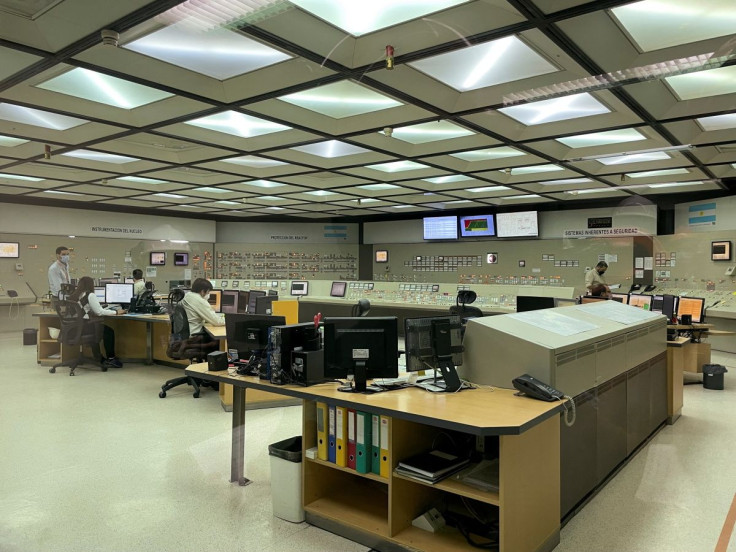Argentina Wants China To Fully Fund $8.3 Billion Nuclear Plant Amid Cash Shortfall

Argentina is pushing China to fully finance a new $8.3 billion nuclear power plant in the country, as the government grapples with high debt levels and looks to bring down its fiscal deficit as part of a recent deal with the International Monetary Fund.
The South American nation signed an agreement with the China National Nuclear Corporation (CNNC) for construction of a nuclear power plant in February. CNNC at the time said it would finance 85% of the cost, with Argentina shouldering the rest.
The country, however, now faces a tighter fiscal outlook. It needs to hit a fiscal balance by 2025 from a 3% deficit last year under terms of a recent $44 billion IMF program, including cutting billions of dollars in energy subsidies.
"We're aiming for 100% in terms of financing from China to guarantee no delays given the problems we have with funding," said Jorge Sidelnik, executive director of Argentina's state operator Nucleoelectrica Argentina, the local partner.
The Argentina firm operates the three existing nuclear power plants in the country. The new plant, Atucha III, will be built on the same 50-hectare (123.5 acres) site as the existing Atucha I and Atucha II plants near the city of Lima in Buenos Aires province.
The new plant will require 99 months of construction work, Sidelnik said during a tour of the facilities, and will help the country raise the nuclear share of Argentina's installed power to 8% in coming years, from around 4% currently.
Atucha I, the first nuclear power plant in Latin America, has an electrical output of 362 megawatts; Atucha II 745 megawatts; and Embalse in Cordoba province 656 megawatts.
The new plant would add another 1,200 megawatts, employ some 7,000 people in its construction and require about 700 employees to run it.
Sidelnik said the aim was to sign the final agreement by the end of 2022, once nine pre-existing conditions established in February were met, including financing, an environmental impact study, which has already been carried out, and a public hearing.
"This input reactor is going to last 60 years, the projections are 80 years, so it is an important long-term business," Sidelnik said.
© Copyright Thomson Reuters 2024. All rights reserved.





















